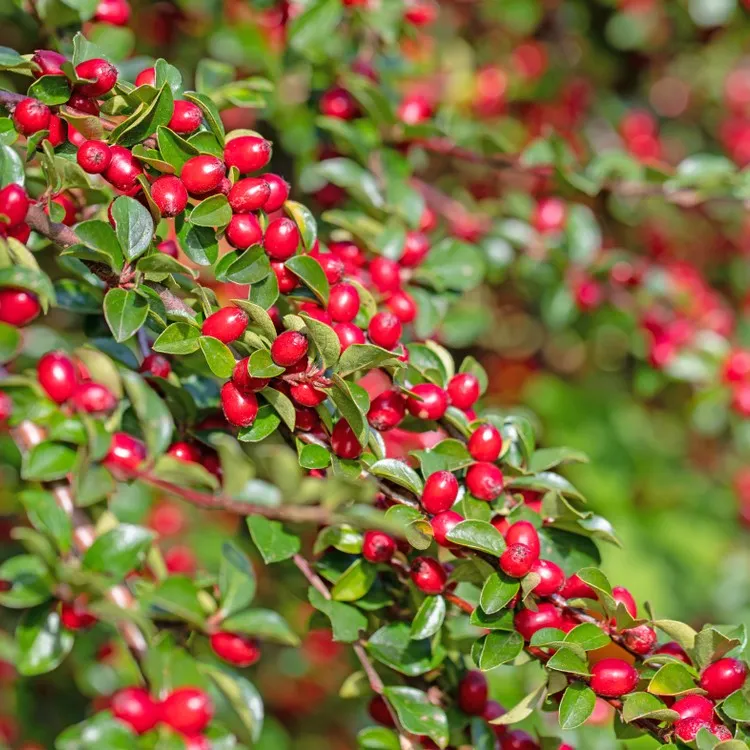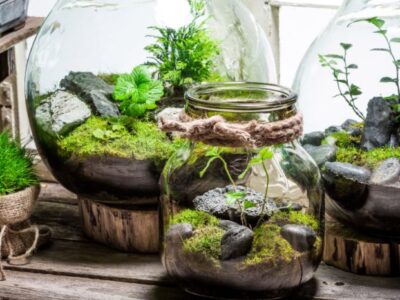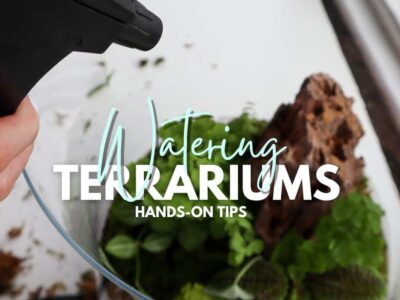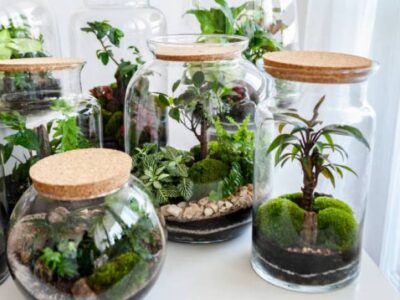Have you ever looked at your garden and wondered how to take out that bushy plant with the little red berries? Well, don’t think about it more now because we have some accurate, effortless, and simple steps to eliminate cotoneaster.
Cotoneaster bonsai is a shrub that can grow pretty big, and sometimes, it’s just not what you want in your yard. Removing it might seem like a big job, but don’t worry, it’s not as tough as it sounds.
Today, you’ll learn how to do it step by step, and before you know it, your garden will become the way you want it to. So, take a look at these easy steps to get rid of cotoneaster and make your garden more how you like it,
What is a Cotoneaster?

A cotoneaster is a small plant you can find in many gardens. These plants have green leaves and make little, colorful berries in the autumn.
You can quickly see cotoneasters because they look like short, bushy bushes. People like to put them in gardens to make them look nice. Cotoneasters are not very big, so they’re great for small garden spaces.
When the weather gets cooler, they start making pretty berries that are easy to see. People like to use them in gardens to add some color.
You can find cotoneasters in lots of gardens because they’re not hard to grow. So, if you want a little plant that’s easy to take care of and looks good, cotoneasters are a good choice.
Identification of Cotoneaster
Finding a cotoneaster is easy. Look for a bush with shiny green leaves and small, round berries. These berries come in different colors, like red, orange, or black, depending on the kind.
The plant isn’t very tall and looks neat and compact. In spring, some cotoneasters even have tiny white or pink flowers. You can spot them in gardens or parks.
Cotoneasters are simple to recognize because of their unique features. Just keep an eye out for those shiny leaves and colorful berries.
These bushes don’t grow too big, and sometimes, they even bloom with pretty little spring flowers. So, next time you’re out for a walk, see if you can find one of these easy-to-identify plants.
What’s the Problem?
Cotoneaster plants can look nice, but they can cause issues sometimes. One problem is they grow fast and can take space from other plants.
This can make your garden messy. Also, some birds like eating cotoneaster berries. This may not be good if you want the berries for yourself. To keep your garden neat, you might need to watch how cotoneasters spread.
And if you want to enjoy the berries, consider using Bird Netting or other ways to keep the birds away. So, while cotoneasters are pretty, they need attention to keep your garden looking nice and enjoy their berries.
Cotoneaster Damage
Cotoneaster can get hurt in different ways. Really cold winters or sickness can make the shrub sick, and its leaves may turn brown or drop. As I said before, birds can eat up the berries on the plant. If you don’t trim it right, cotoneasters can become too crowded, which stops air and sunlight from reaching them. This can make the plant weaker. So, to keep your cotoneaster healthy, it’s important to protect it from harsh winters and diseases.
Control Methods
1. Mechanical Control
Using mechanical control for cotoneaster plants means using your hands or tools to eliminate them. This can be done by digging them up, pulling them out, or cutting them with tools like scissors or a chainsaw. You need to remove everything from the cotoneaster, even the roots, to stop it from growing again. Sometimes, it’s necessary to do this more than once because some parts might be left behind.
Be patient and make sure you get all of it. Also, it’s a good idea to wear gloves to protect your hands. After you’ve removed all the cotoneaster plants, you can put them in a bag and dispose of them. Don’t just leave them lying around because they might regrow from the parts you left behind.
2. Chemical Control
Using chemicals to get rid of cotoneaster plants is called chemical control. These special chemicals are called herbicides. You can spray them on the leaves or put them on the stems. It’s really important to read and follow the instructions on the herbicide label. This helps make sure it works well and won’t be harmful. But, using chemicals can be a little hard.
So, if you’re unsure how to do it, it’s a good plan to ask a pro for help. They can show you how to use the chemicals safely.
Management of Cotoneaster

Taking care of a cotoneaster is quite simple. To make sure it doesn’t grow too much, you should cut it sometimes. When you cut it, make sure the pieces don’t grow back. Keep an eye on your garden and remove any new cotoneaster plants when you see them.
This stops them from spreading around. Cotoneaster care is about a few things. You should trim it often so it doesn’t get too big. When you cut it, make sure the pieces can’t grow again.
Look at your garden and take away any new cotoneaster plants when they show up. This makes sure they don’t go everywhere. Look for more ways to manage them properly.
1. Cutting with Stump Treatment
When you trim cotoneaster plants, cut them really low to the ground. After you cut them, put something on the cut part to stop them from growing back.
This thing usually has chemicals that keep the plant from growing again. It’s important to do this to keep your garden neat. If you don’t, the plants might return, and you’ll have to cut them again.
So, remember to trim cotoneaster plants close to the ground and use the special stuff after you cut them. This way, your garden will stay nice and clean, and you won’t have to worry about those plants growing back.
2. Treatment of Scraped Stems
If you, by mistake, hurt or harm the sticks of the cotoneaster, it’s very important to take care of the injured parts. Putting on something to guard or cover the scraped sticks can stop sickness and make them better.
You should do this so that your cotoneaster can stay strong and healthy. When you hurt the stems, it can let bad things get in, like sickness. By covering the hurt parts, you are like a doctor helping the plant get better. It’s like when you have a scratch, and you put a band-aid on it to keep it safe.
Conclusion
After looking at these steps, anyone would say that getting rid of cotoneaster bushes is not that hard. You can do it yourself. First, cut the bushes down low. Then, dig out the roots with a shovel. Make sure to get all the roots out.
If any parts are left, the bushes might grow back. After you remove the bushes, don’t forget to fill in the hole with dirt. It’s important to keep an eye out for any new growth.
If you see little cotoneaster sprouts, pull them out immediately. Just keep in mind that getting rid of cotoneaster takes time and patience. But with some effort, you can have a neat and cotoneaster-free garden.










Comments